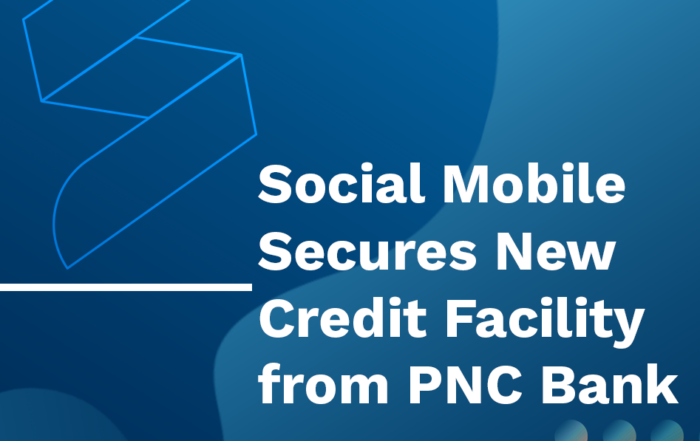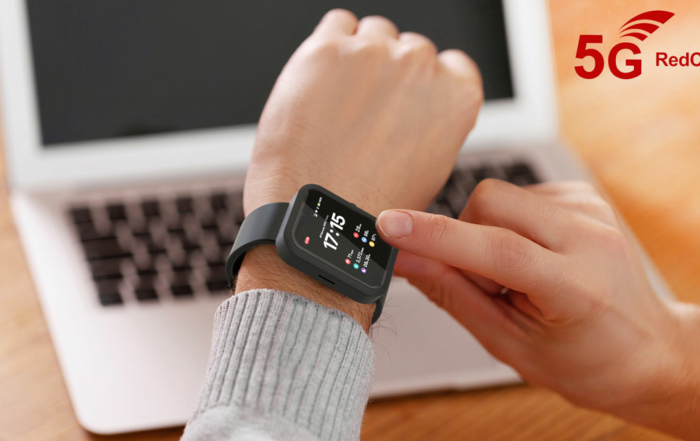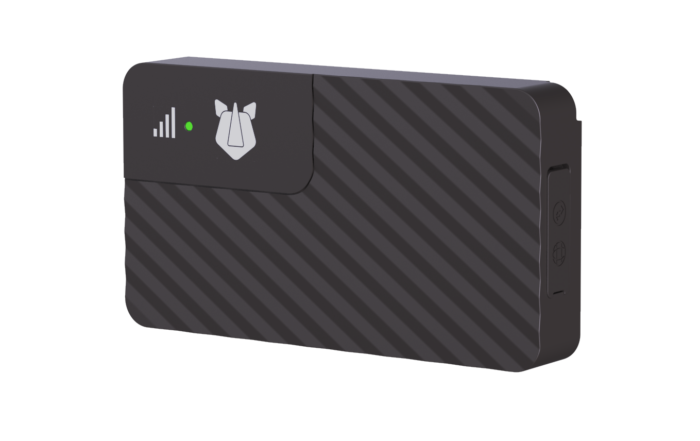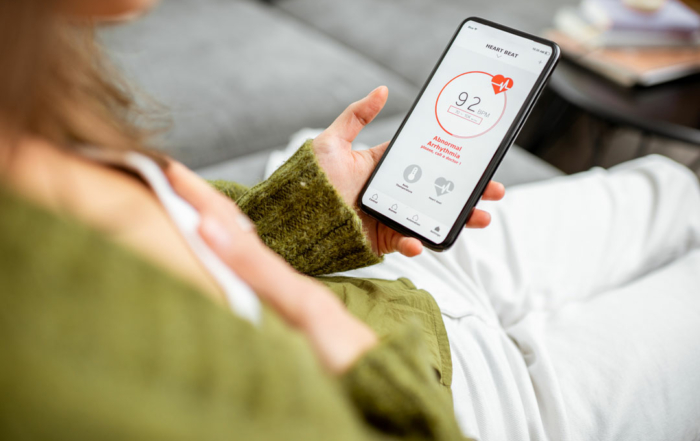The Definitive Guide to EMM Device Enrollment: Exploring Android Zero-Touch and Other Enrollment Methods

Managing a fleet of devices through an EMM (enterprise mobility management) platform typically involves enrolling those devices through one of several methods. Choosing the right device enrollment method can significantly impact deployment speed, security, and user experience.
In this article, we delve into the intricacies of enrollment technologies, including Zero-touch Enrollment, QR Code Scanning, NFC Bump, and Token-Based Enrollment, to empower businesses to make informed decisions tailored to their specific needs.
Zero-Touch Enrollment
Zero-touch Enrollment stands out as the preferred method for its streamlined process and robust security features. Zero-touch Enrollment is a provisioning method for Android devices that allows IT administrators to deploy corporate-owned devices with pre-configured settings. Upon activation, devices automatically connect to the enterprise’s EMM system, where configurations are applied over-the-air.
Benefits and limitations
Benefits: Drastically reduces deployment time and labor costs, enhances security by enforcing consistent configurations, and simplifies onboarding for large-scale deployments.
Limitations: Limited to devices compatible with zero-touch provisioning, may require initial setup with OEMs or carriers, and lacks flexibility for devices not procured through authorized channels.
Average enrollment time
Zero-touch is the fastest method. It typically takes just seconds to get started and a few minutes for the device to complete self-provisioning once powered on and connected to the internet.
Considerations for implementation
- Ensure compatibility with zero-touch provisioning supported devices.
- Collaborate with OEMs and carriers to pre-configure devices.
- Streamline MDM integration for seamless deployment and management.
Zero-touch Enrollment shines in large enterprises deploying thousands of devices simultaneously, such as retail chains equipping employees with mobile POS terminals or healthcare organizations distributing tablets to medical staff for electronic health records management.
QR Code Scanning
QR Code Scanning is a method of device enrollment that involves using a Quick Response (QR) code—a type of matrix barcode that contains information about the device being enrolled. This method simplifies the setup process by allowing devices to be enrolled into an EMM system by scanning a QR code with the device’s camera.
The process typically involves generating a QR code from the EMM platform, which encodes the necessary configuration details. When the QR code is scanned by the device, it automatically configures itself with the settings needed to be managed by the company’s EMM solution.
Benefits and limitations
Benefits: It enables quick and easy enrollment without manual input, is suitable for diverse device types, and facilitates self-service enrollment.
Limitations: Vulnerable to QR code tampering if not adequately secured, it requires physical proximity for scanning and may pose usability challenges for users unfamiliar with QR technology.
Average enrollment time
Using a QR code can take a few minutes, considering there are multiple steps to follow when using this method. Starting with powering the device, waiting for the boot sequence to complete, launching the camera, scanning the QR code, and providing more details, once enrolled, plus the additional time for the assigned apps to appear.
Best practices for QR code-based enrollment
- Encrypt enrollment data within QR codes to mitigate security risks.
- Educate users on QR code scanning procedures to streamline enrollment.
- Implement multi-factor authentication for added security.
QR Code Scanning is ideal for scenarios where devices need to be rapidly provisioned on-site, such as conferences or temporary workspaces, where users can easily scan pre-generated QR codes to enroll their devices.
NFC Bump
The NFC Bump method is a contactless enrollment process that uses NFC technology to initiate device enrollment simply by “bumping” two devices together. This method is particularly useful for Android devices that support NFC and are running Android 5.1 or higher.
To use the NFC Bump method, an administrator requires a primary device that is already enrolled in Profile Owner mode and set in programmer mode. The primary device is then physically bumped against new or child devices, transferring the necessary configurations for enrollment.
Benefits and limitations
Benefits: It offers simplicity and convenience for users with NFC-enabled devices, minimizes manual input, and accelerates enrollment.
Limitations: Limited to devices equipped with NFC capabilities, requires close proximity between devices, and may face compatibility issues across device models.
Average enrollment time
For NFC Bump, all child devices must be in factory reset mode and have NFC enabled by default. This preparation step can take several minutes to set up both the primary and child device for NFC Bump, which is not ideal for a large number of devices.
Implementing NFC bump effectively
- Ensure that both the primary device and the devices to be enrolled are NFC-enabled and support the required Android version.
- The primary device should be securely handled. to protect the enrollment configurations.
- Devices should be in a factory default state before the bump to ensure proper enrollment.
- Regularly update the primary device to the latest security standards to maintain the integrity of the enrollment process.
NFC Bump is well-suited for environments where security and simplicity are paramount, such as corporate boardrooms where executives need to quickly provision devices for presentations without dealing with complex setup procedures.
Token-Based Enrollment
Token-based enrollment is a method used to enroll devices in an enterprise mobility management (EMM) system. This method uses a unique token, generated by the EMM system, to authenticate a device before it’s enrolled. The token is typically delivered to the device via email or SMS, and once the device is authenticated, it can be managed through the EMM system.
Security considerations
- Employ robust token generation algorithms to prevent unauthorized access.
- Implement token expiration and one-time-use mechanisms to enhance security.
- Integrate token-based enrollment with existing authentication systems for added layers of protection.
Integration with existing systems
- Ensure seamless integration with existing EMM platforms and authentication systems.
- Provide APIs or SDKs for developers to incorporate token-based enrollment into custom applications.
- Regularly audit token usage and revoke unused or compromised tokens to maintain security.
Average enrollment time
Token-based enrollment involves generating unique tokens for each device, distributing them, and then connecting the device to the EMM server for authentication and enrollment. On average, these steps can take a few minutes per device.
Token-based enrollment is advantageous in industries with stringent security requirements, such as finance or government sectors, where tokens can be securely distributed to authorized personnel for device enrollment, ensuring only authenticated users can access enterprise resources.
Deploying Enterprise Mobility Solutions with Social Mobile
When it comes to deploying enterprise mobility solutions, Social Mobile is your trusted partner, offering expertise in zero-touch enrollment and other deployment methods. We empower businesses to embrace mobility without compromising on security or efficiency.
Effective device deployment is critical for enterprises leveraging mobility solutions to drive productivity and innovation. By understanding the intricacies of each enrollment method and selecting the most suitable approach based on specific use cases and requirements, enterprises can streamline deployment processes and empower their workforce with seamlessly provisioned devices.
Discover Our Custom Android Solutions
When off-the-shelf options can’t meet your needs, Social Mobile develops a custom mobility solution to solve for your exact challenges. With the Android Enterprise platform, organizations can design exactly what they want, with the specs they need, and guarantee the availability and security for whatever time period they demand. Design your devices from the ground up, including the form factor, software, packaging, and more, at a fraction of the cost. Whatever your company can imagine, Social Mobile will bring to market.
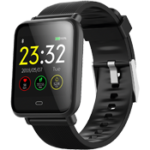 |
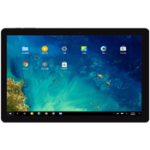 |
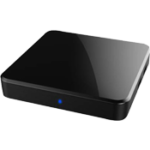 |
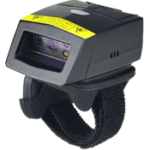 |
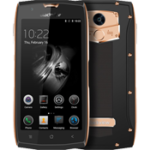 |
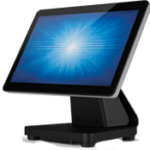 |
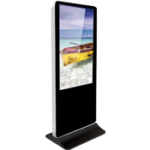 |
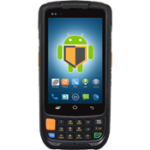 |
|---|---|---|---|---|---|---|---|
| Wearables | Tablets | Set-top Box | IoT | Ruggedized | POS | Digital Signage | Handheld |

REQUEST A DEMO OF MAMBO EMM.
GET A QUOTE.
Let’s start designing your custom enterprise mobility solution.

